Solomon Islands Independence Day
On 7 July Solomon Islands celebrated their Independence Day. In 1978 Solomon Islands gained self-governance and became a sovereign country.
As with many countries in the Pacific, the Solomon Islands is made up of many islands – with six major ones and over 900 smaller ones. You can find the Solomon Islands to the east of Papua New Guinea and to the north west of Vanuatu.
The Solomons is made up of 10 main provinces that administer to a population of over 700,000 people.
Some FAQS
There are conflicting stories about who the Solomon Islands is named after. One is that it’s named after King Solomon, the renowned wise King in the Bible. Others say it is named after King Solomon de Mendana, the nephew of the Governor of Peru.
Although English is the official language, the main language in the Solomons is Pijin
There are over 80 local languages plus dialects
“wantok” refers to ‘one talk’ which denotes people from one language group – to indicate blood relatives
Most Solomon Islanders can trace their ancestors back at least 10 generations
Parts of the Solomon Islands are mountainous. The highest peak in the country is a volcano called Mount Popomanaseu which is 2,335 metres above seawater.
5-10% of the population has blonde hair
You can find the world’s largest salt water lagoon in the Solomon Islands – Marovo Lagoon located in New Georgia
The world’s largest coral atoll is in East Rennell in the Solomon Islands

